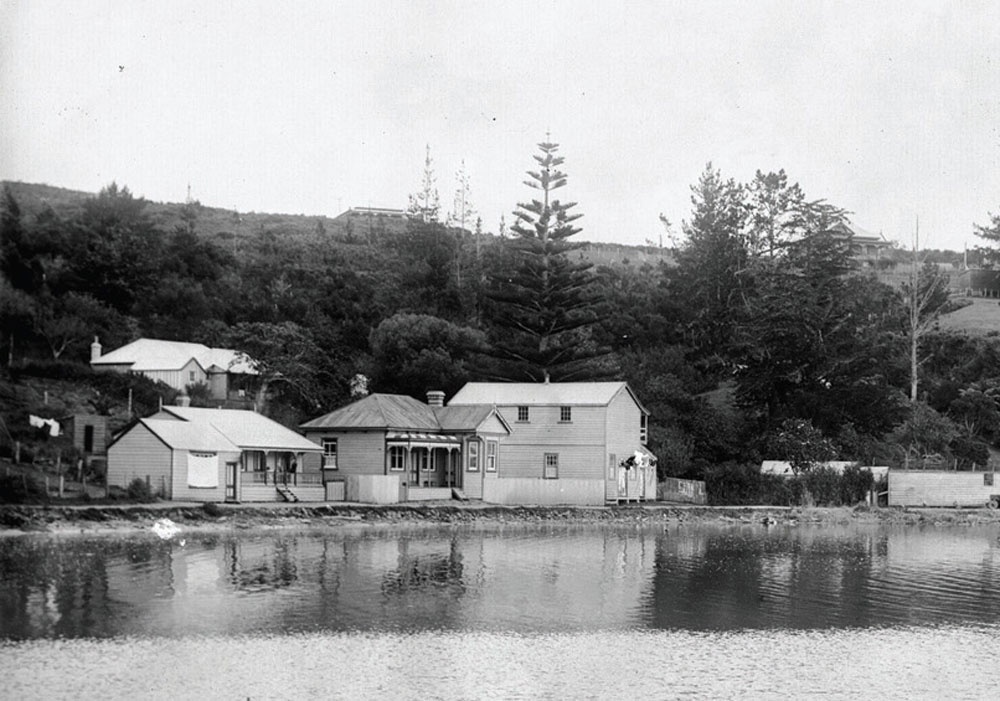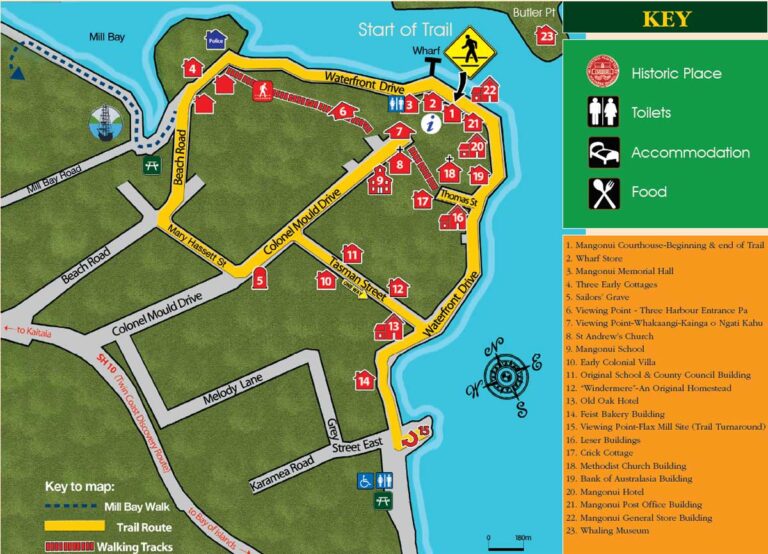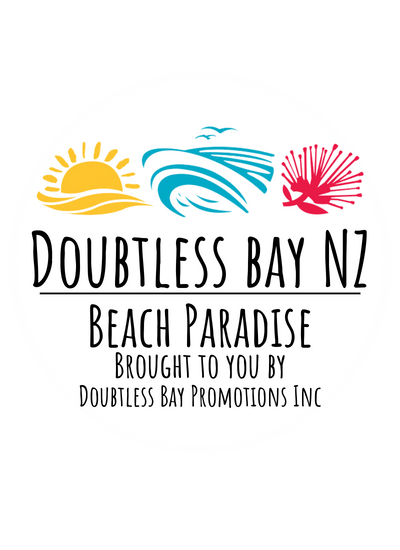
Heritage Trail of Mangonui | A fine walk around the Heritage Precinct of Mangonui township in Far North New Zealand | Site 14
THE FEIST BAKERY 1920
This bakery, owned by Mr. J. Feist, was built in 1920 on the site of a previous saddlery constructed around 1900. The adjoining cottage was built shortly after 1920 and housed most of the subsequent owners of the bakery building.
The bakery was extended to accommodate wood-fired brick kilns, which in turn gave way to electric ovens. By the mid-1900s, the need for local bakeries had disappeared, and the building lay empty.
From 1981 to 1985, the building was used as a workshop for handcrafted kauri furniture. Since then, it has been in use as a shop.
Next:After leaving the Feist Bakery Building, cross Waterfront Drive and continue south for 100 meters. Then turn left onto a small promontory of land known as Maori Point. The marker for the viewing point for the Flax Mill Site 15 is on the south side of the point looking toward State Highway 10.

